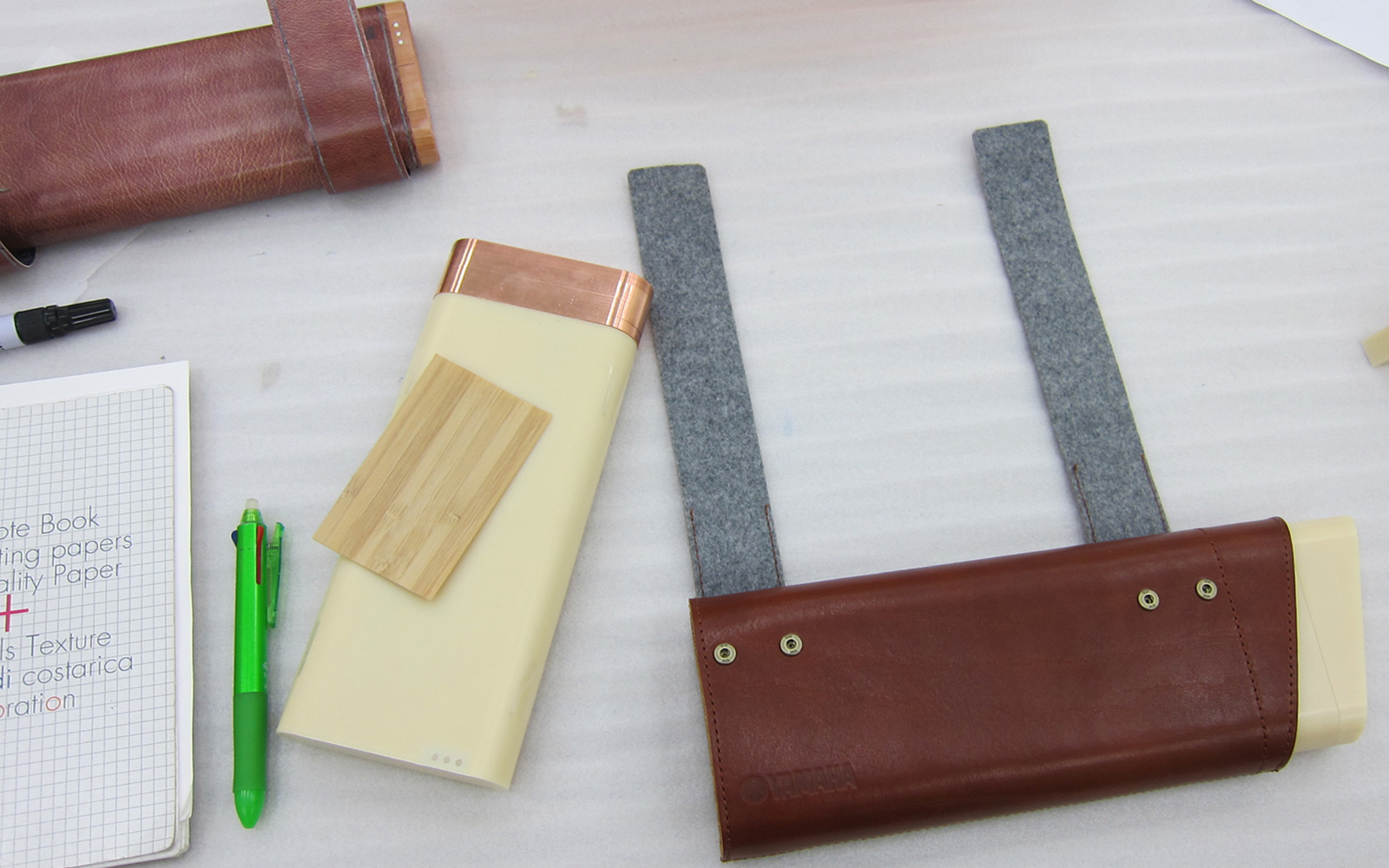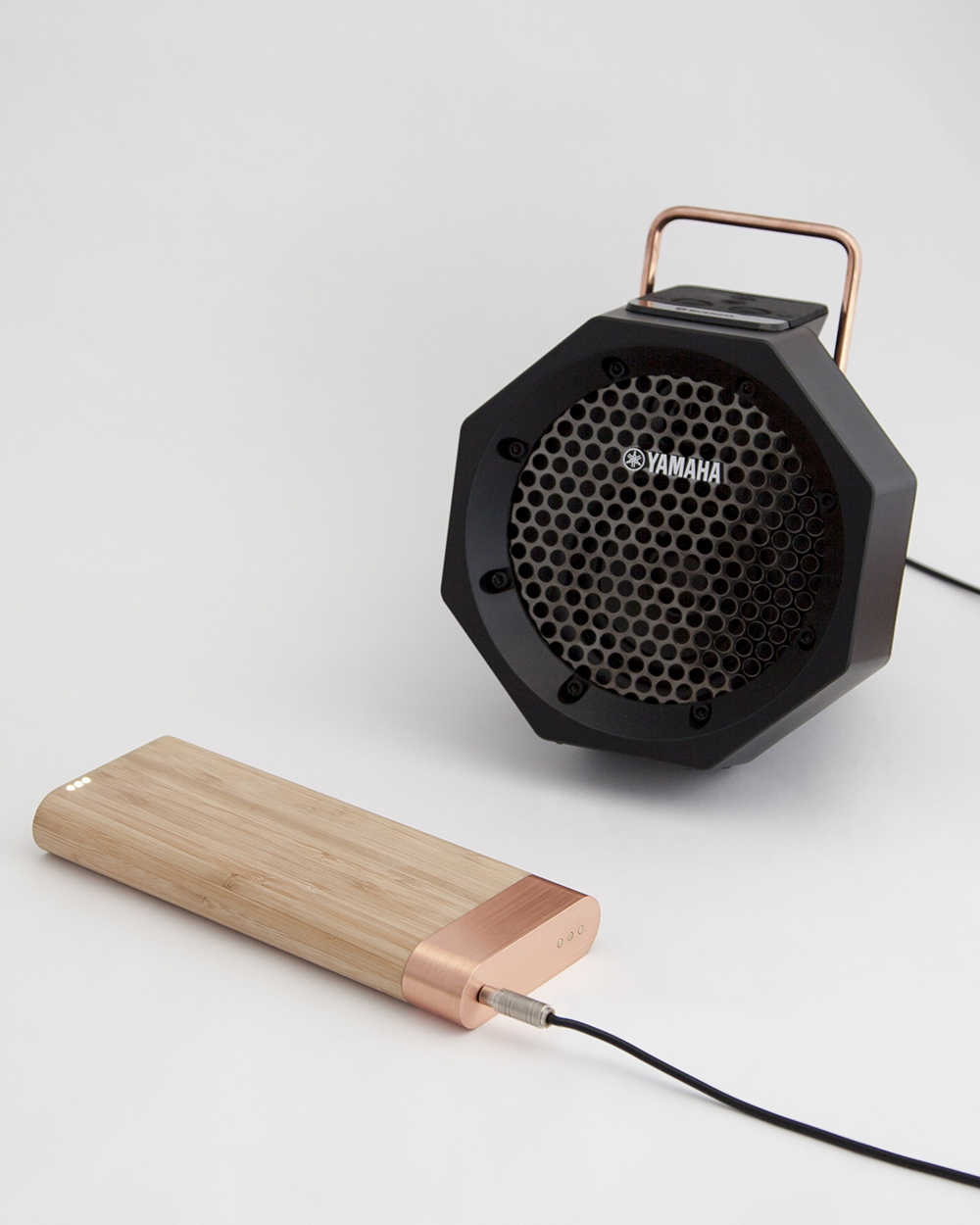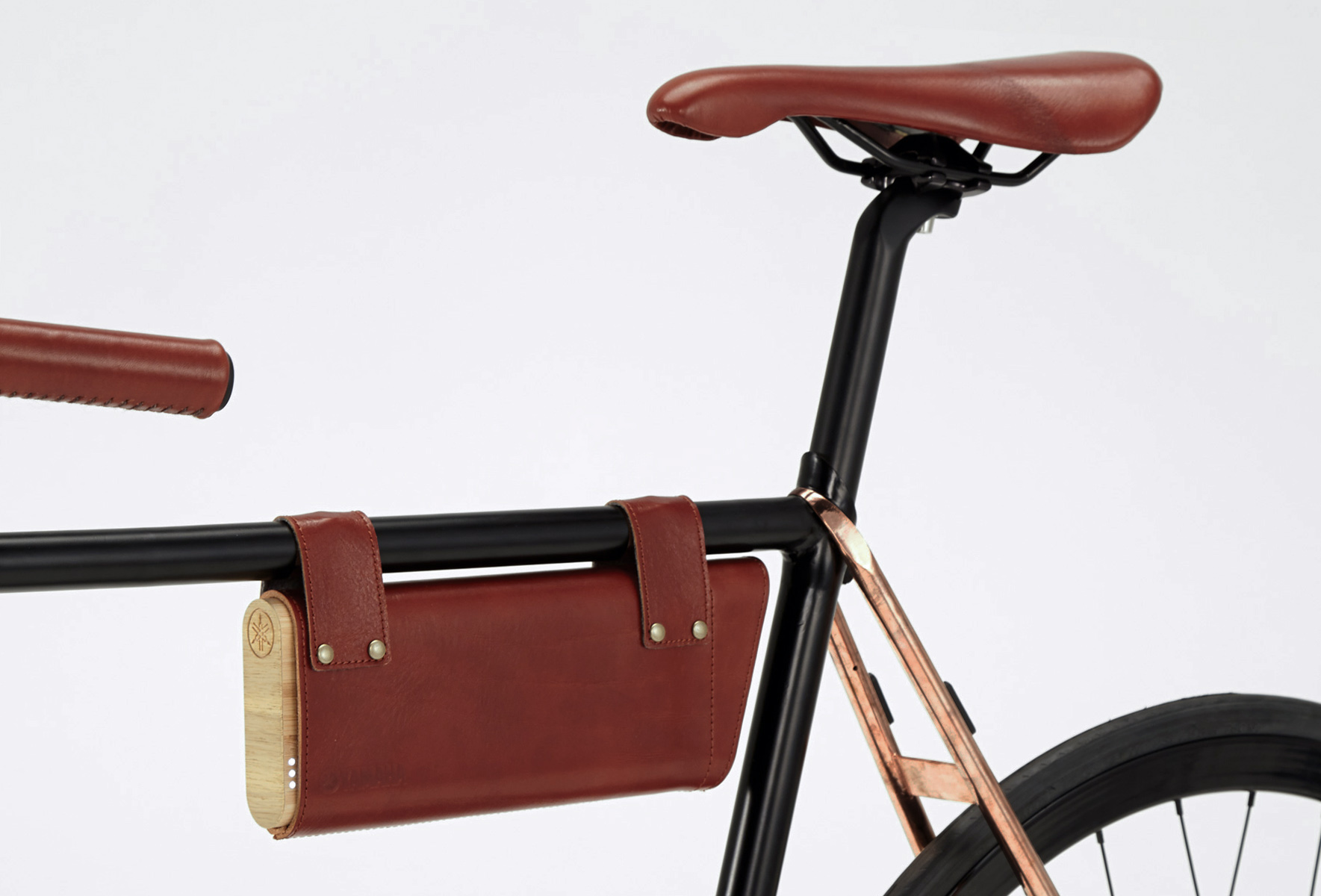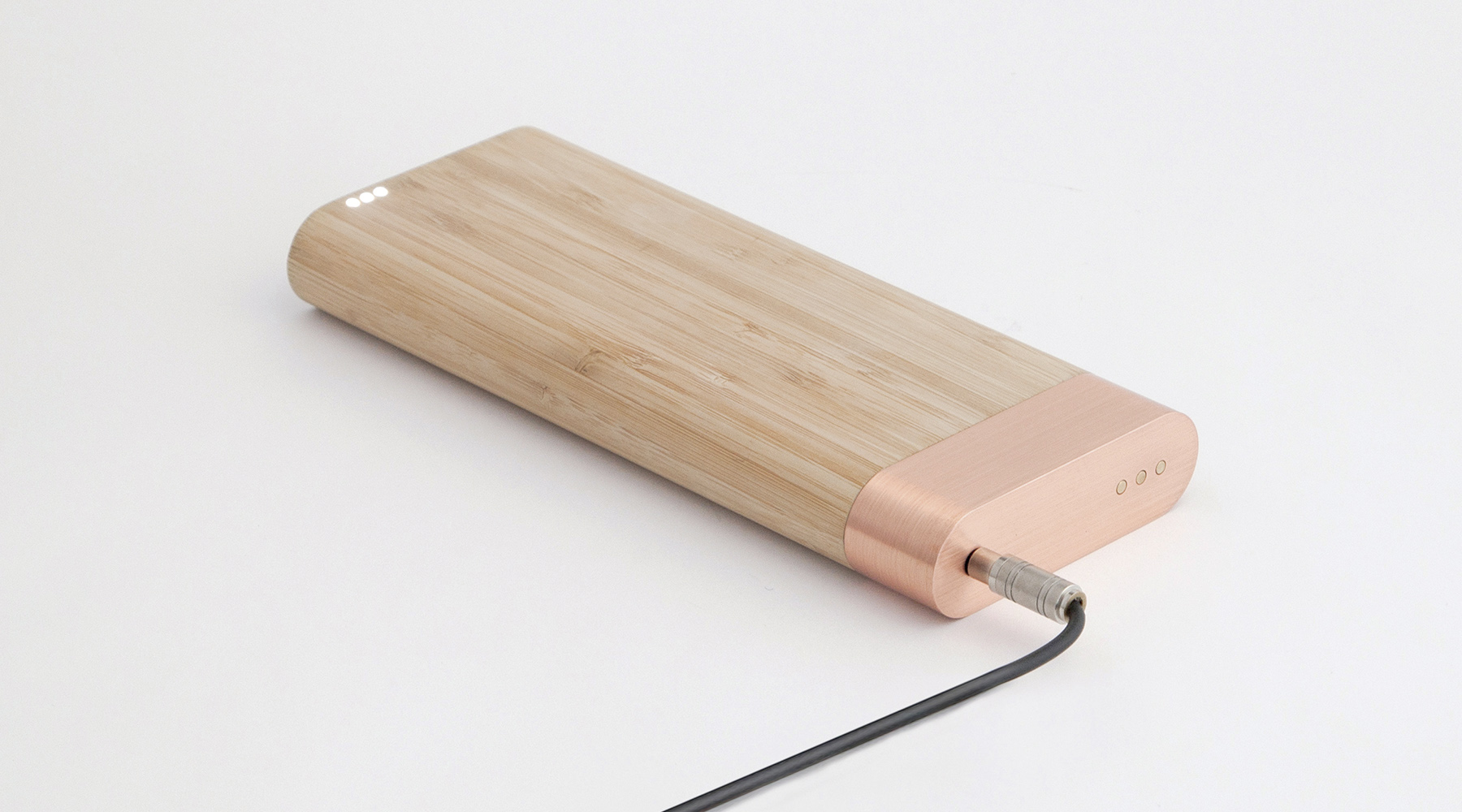
Bamboo battery O±O
How to redefine batteries and how users interact with them?
Bamboo Battery – Modular Energy Concept for Yamaha Urban Mobility
Developed as a key module within the “Inspiration 0º/0” electric bicycle project at Yamaha, Bamboo Battery is a conceptual energy system designed to explore “sustainable mobility, cross-device modularity and material innovation”.
The idea was to go beyond performance and rethink how we power everyday devices in a more circular, flexible way. The result: a “swappable battery” built from laminated bamboo layers, combining a lightweight, tactile feel with a “biodegradable, low-impact housing”.
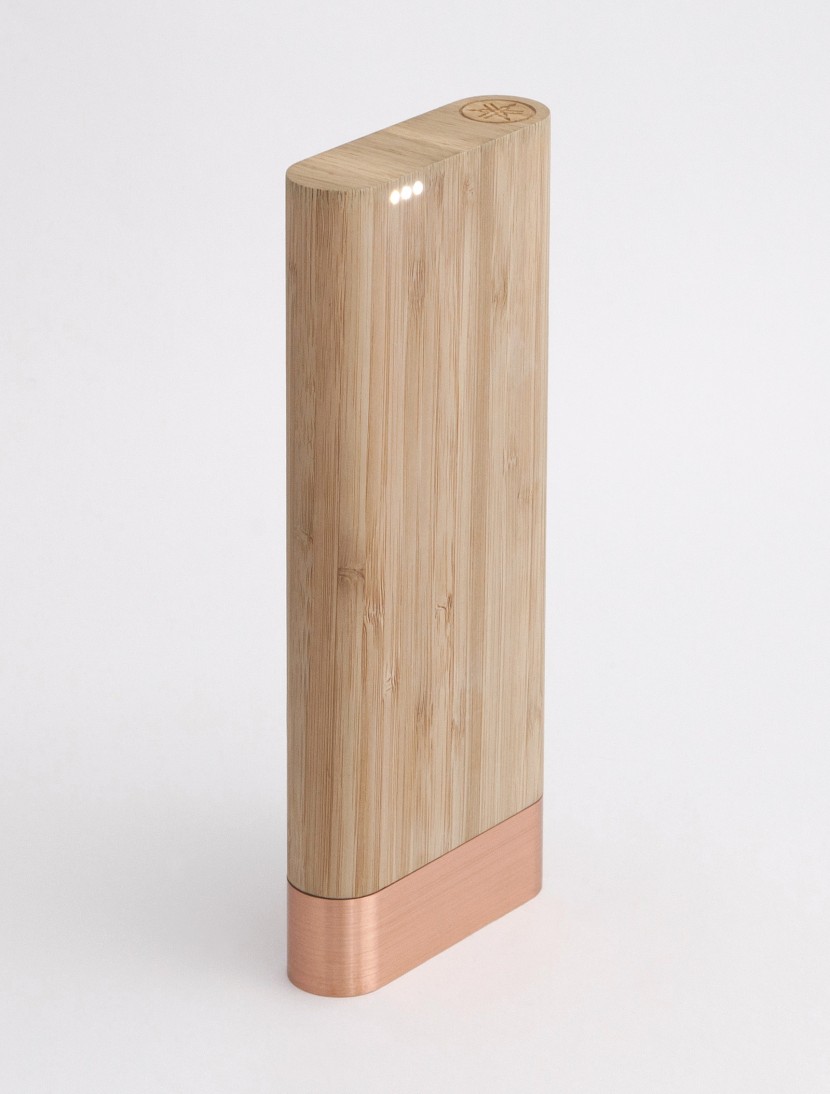

Key Innovations
• Designed to “dock seamlessly” with Yamaha’s electric urban bike prototype.
• Human self-made energy.
• “Biodegradable enclosure” made from pressed bamboo fiber.
• Conceptualized for “cross-compatibility” across Yamaha platforms (e-bikes, portable instruments, bluetooth speakers, power tools)
• Ambient LED feedback to display charge level seamlessly
• Emphasis on **manual assembly** and long-term disassembly/recycling

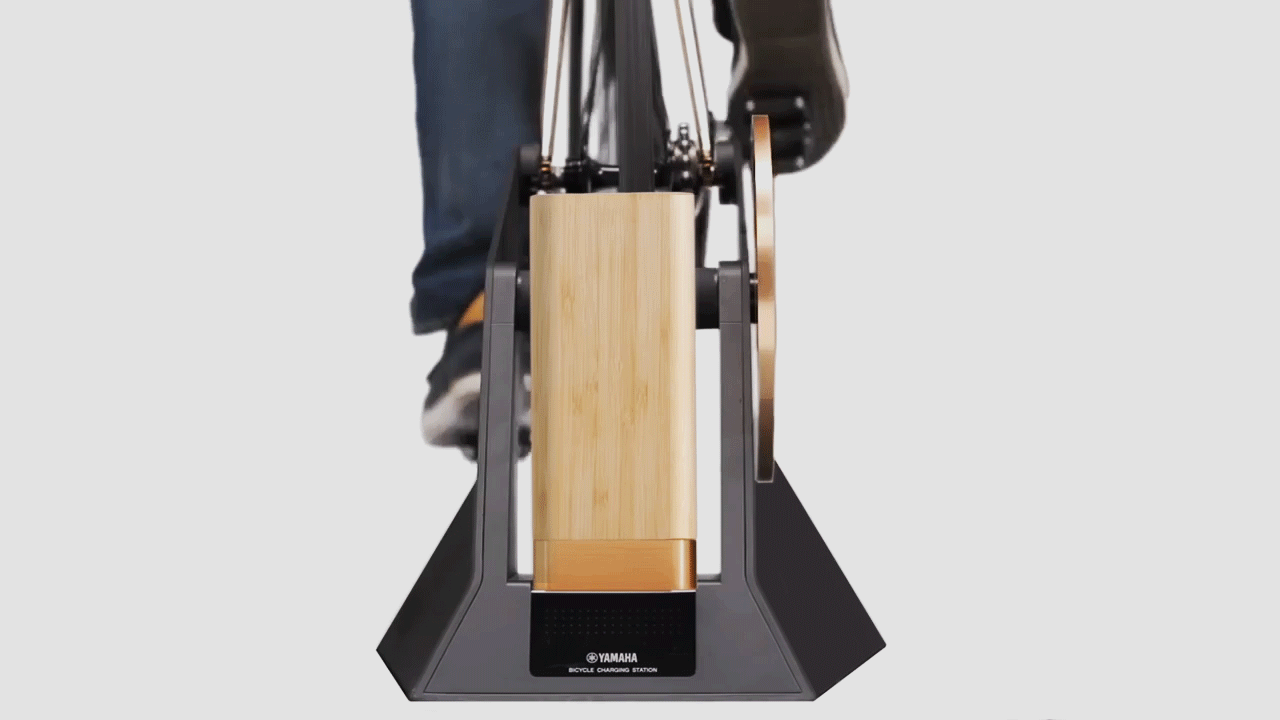
The Bamboo Battery was conceived not as a single product, but as part of a broader ” human-charged energy ecosystem”. Its modularity supports the idea of “generate your energy” and use it “sharing power across diferent product categories”, reducing duplication and material waste—an early expression of what we now call platform design and circular innovation.
—
As Senior Product Designer at Yamaha, I led the design concept of product platform with the electric bicycle. I was responsible for its “concept idea, form exploration, sustainable material selection and modular integration strategy”. A good case of meaningful product design, with a valuable story telling for users and relevant innovation including sustainability.
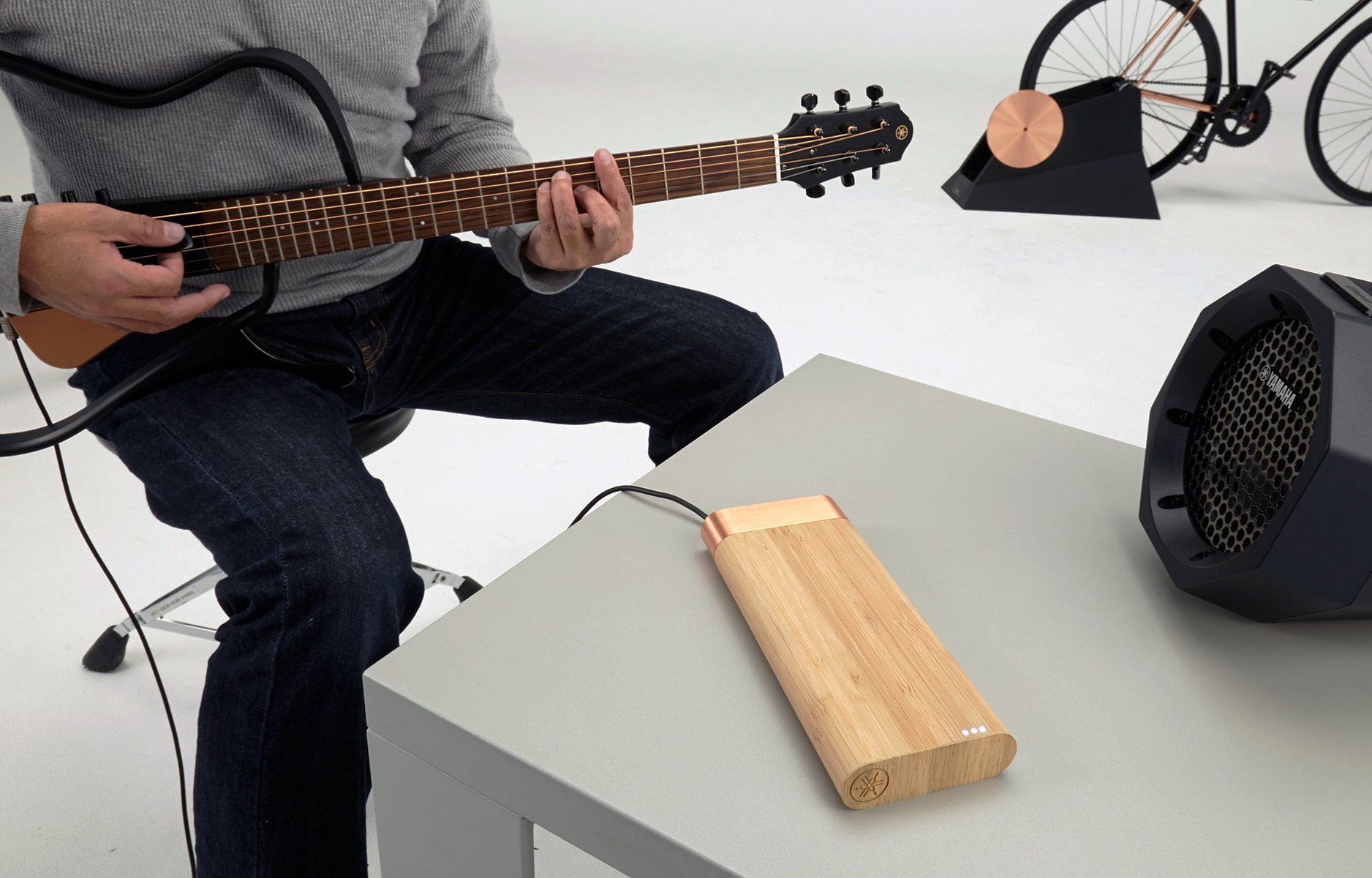
Multiple prototypes were developed and tested to balance form, function, and feasibility. Through cycles of iterative prototyping and real-world validation, the design team refined the product’s ergonomics, usability, and interaction. The physical act of charging via a bicycle-powered system invites users to engage with energy creation in a meaningful, tangible way—transforming the battery from a passive object into an active learning experience.
